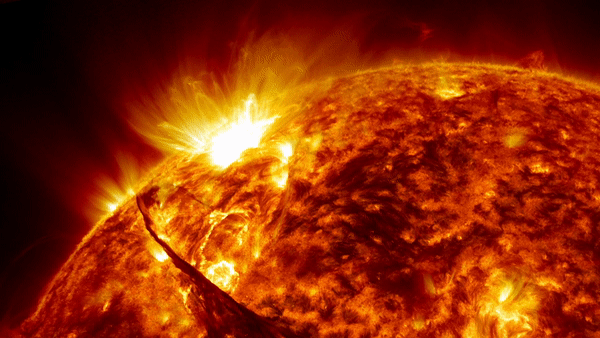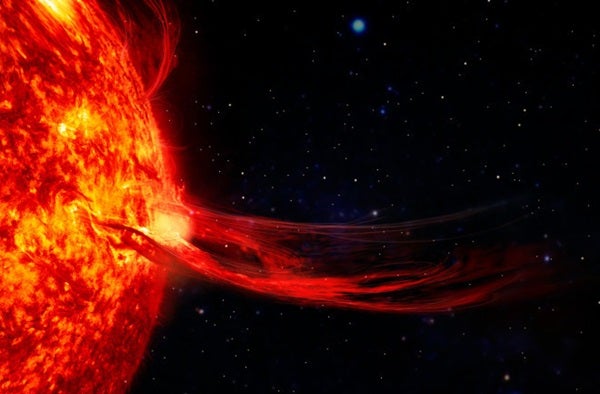Solar Storms: What You Need to Know
The 2024 Solar Storm
A Powerful Geomagnetic Storm
On May 10, 2024, a powerful solar storm struck Earth's atmosphere, causing a geomagnetic storm. The storm was triggered by a cluster of sunspots on the sun's surface that was 17 times the diameter of Earth. The storm was expected to cause widespread disruptions to communications and power grids.
Solar Maximum
The sun's activity follows an 11-year cycle, with periods of high activity called solar maximum and periods of low activity called solar minimum. The next solar maximum is expected to occur between late 2024 and early 2026. During solar maximum, the sun is more likely to produce solar storms.
Early Peak
In May 2024, the National Oceanic and Atmospheric Administration (NOAA) Space Weather Prediction Center (SWPC) announced that solar maximum would occur one year earlier than predicted. The SWPC also predicted that the upcoming solar maximum would be stronger and last longer than previous ones.
Geomagnetic Storms
Geomagnetic storms are caused by the interaction of the solar wind with Earth's magnetic field. The solar wind is a stream of charged particles that is constantly emitted by the sun. When the solar wind encounters Earth's magnetic field, it can cause the field to become distorted and compressed. This can lead to a variety of effects, including disruptions to communications and power grids.


Comments